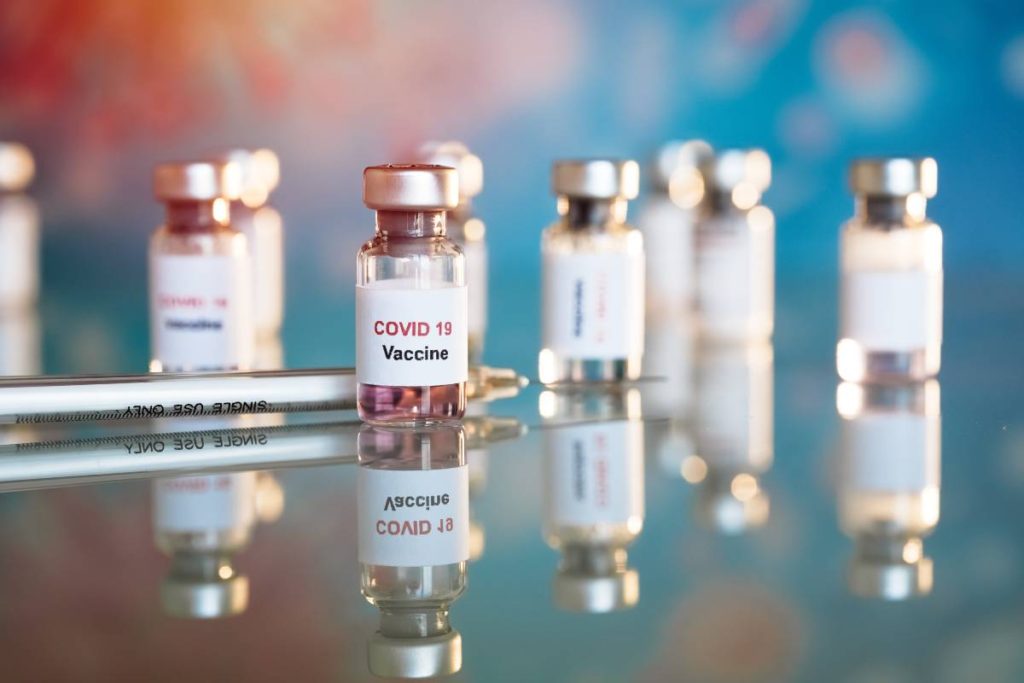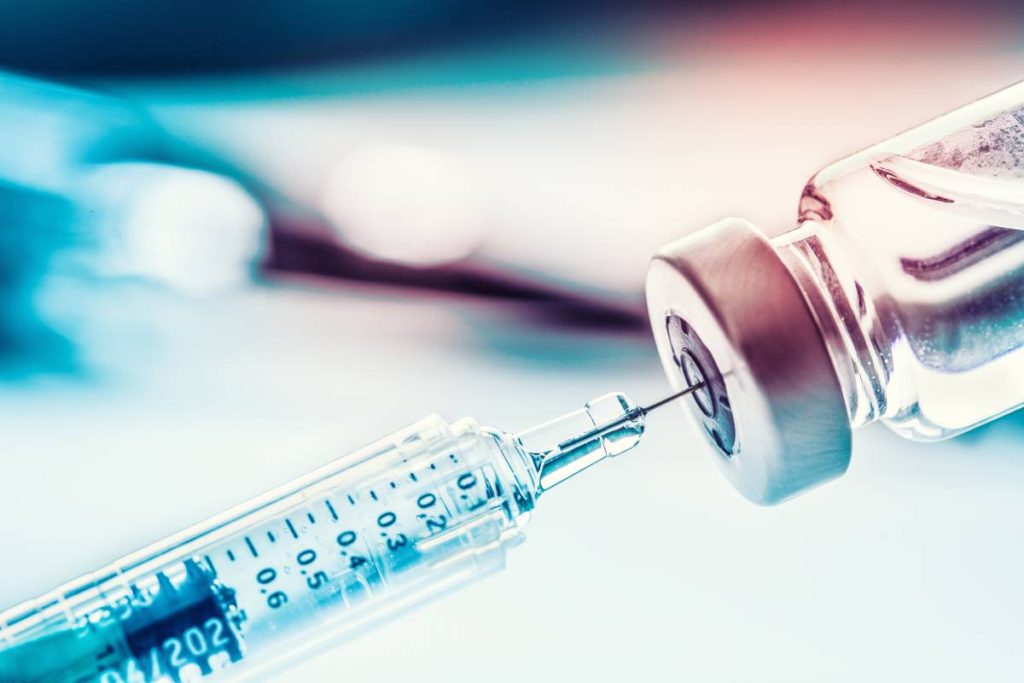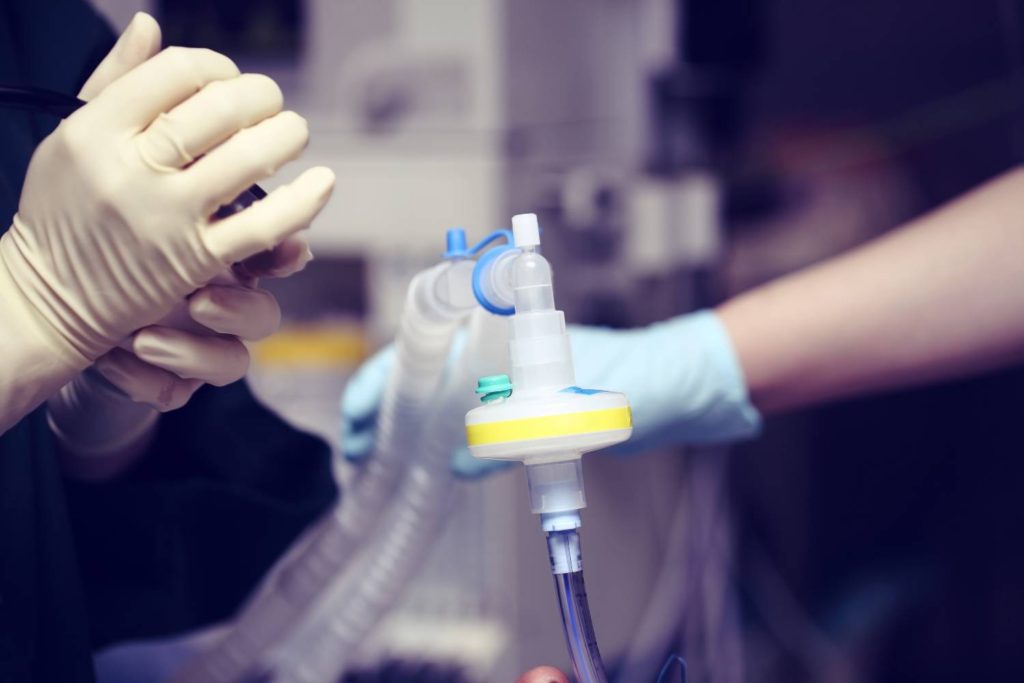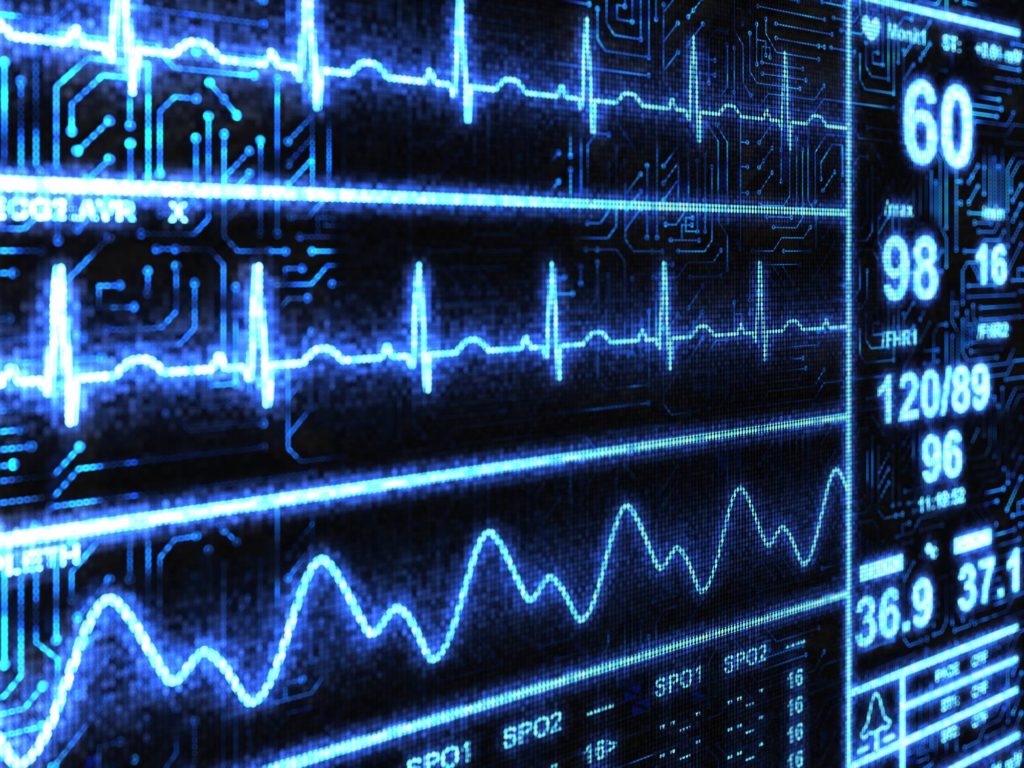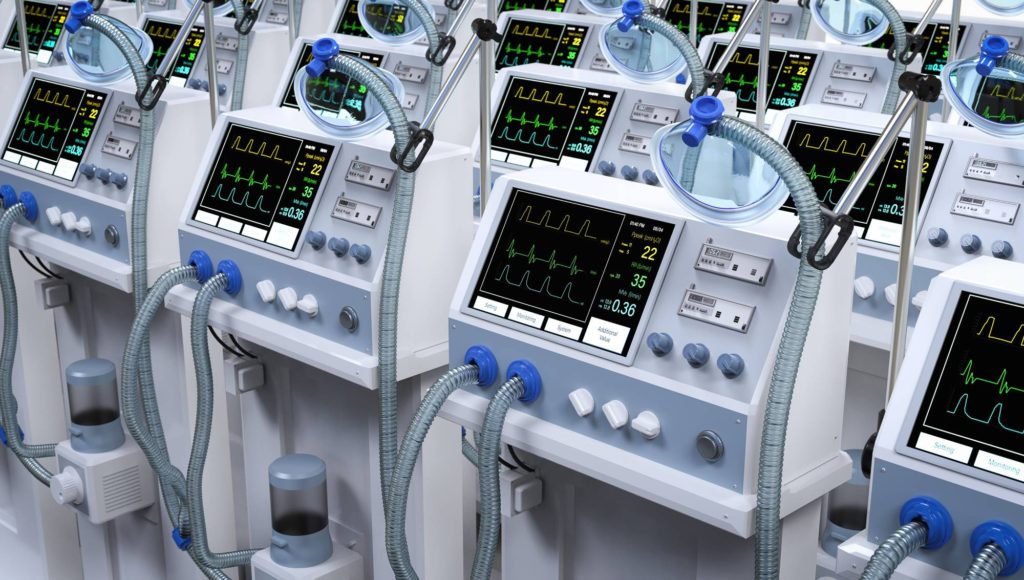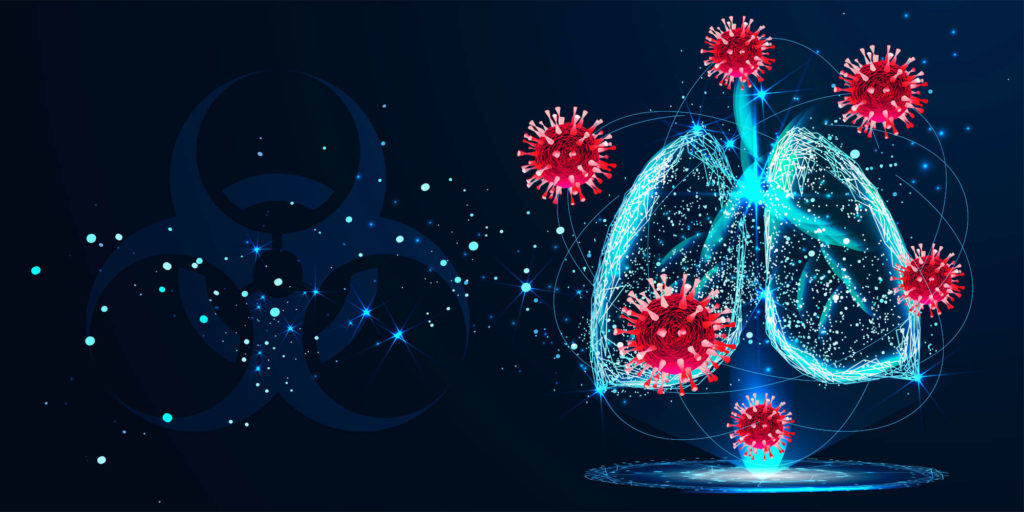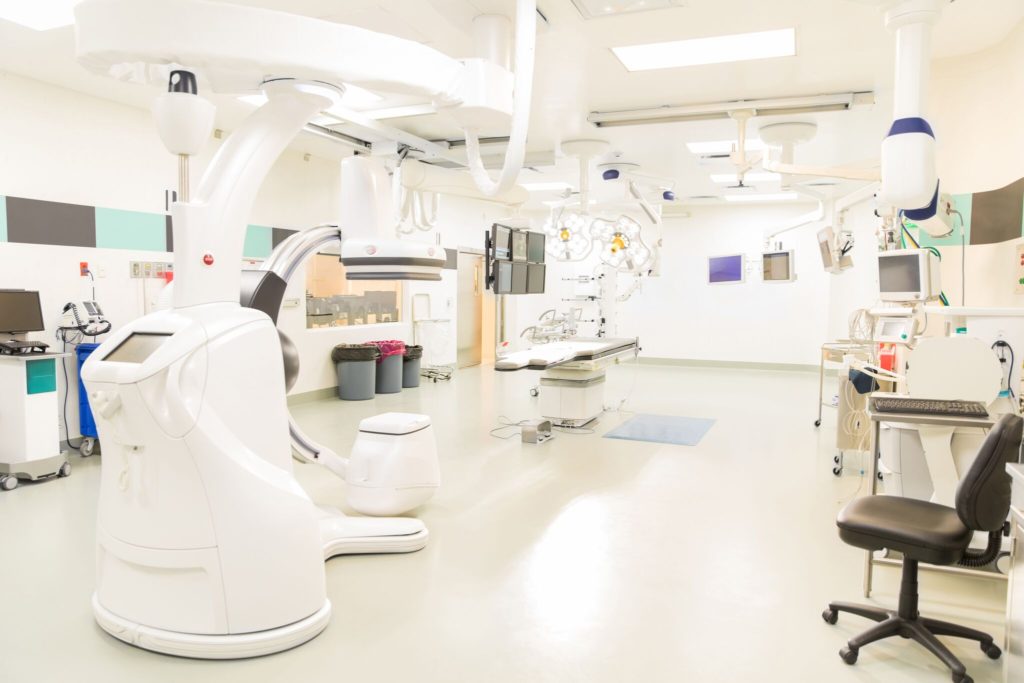Mid-December marks 9 months since the COVID-19 outbreak was elevated to pandemic status by the World Health Organization (WHO) and since the White House declared a national emergency. Recently, vaccine development has seen significant progress, with a number of vaccines currently in Phase 3 trials.…
Year: 2020
Monitored Anesthesia Care: Benefits and Drawbacks
Monitored anesthesia care (MAC) refers to an anesthetic technique that involves a patient undergoing sedation without mechanical ventilatory support. [1]. During MAC, patients typically do not need such support and usually retain control of their airways; however, they are sedated throughout the procedure [2]. MAC usually requires fewer sedatives and analgesics than general…
Medication Shortages: Ethical and Economic Challenges
Medication shortages are a global challenge with ethical and economic consequences. There is ongoing debate on how to make decisions and implement clinical strategies to address such situations in the most equitable way. Rationing polices differ by country, state, health care system, and institution. As a new global…
Closed-Loop Systems in Anesthesia
Closed-loop systems, in which anesthesiologists set an automatically maintained target during procedures, offer several advantages. These systems permit greater precision in achieving targeted outcomes, reduce the chance of human error, and free the anesthesiologist to focus on higher-level tasks. However, in order…
Applying Artificial Intelligence to Anesthesia Information Management Systems
Anesthesia Information Management Systems (AIMS) facilitate the collection of patient data during the perioperative period. These tools interface with intraoperative patient monitors, and some can read and write data to and from hospitals’ clinical repositories (Ehrenfeld & Rehman, 2010). As more…
Ventilator sharing in COVID-19 patients
As the COVID-19 pandemic continues to spread across the United States and the world, ventilator shortages have emerged as a major concern. With many COVID-19 patients requiring breathing assistance, a shortage of ventilators could mean the difference between life and death. Considering many U.S. states…
Potential Adverse Effects of Cleaning Products and Disinfectants on the Human Body
With the increased use of cleaning products and disinfectants, it is important to consider if there might be any adverse side effects of such substances. Chang et al. (2020) found that since the start of the pandemic, calls to poison…
Liposomal Bupivacaine in the Perioperative Setting
Local anesthetic drugs are crucial to an anesthesia provider’s practice. Local anesthesia creates temporary and reversible pain elimination in specific areas of the body.1 During the perioperative period, local anesthesia’s role in pain control leads to improved cardiac, respiratory and gastrointestinal functions; fewer blood clot-related…
Local Anesthetic Systemic Toxicity (LAST)
Local anesthesia is an integral part of anesthesiology. Local anesthetics are administered by many medical providers, including anesthesiologists, surgeons, emergency room clinicians, dentists and more.1 Though practitioners often associate local anesthetics with few side effects and low risk of toxicity, they can lead to local anesthetic…
Pethidine: Mechanisms, Clinical Applications and Adverse Effects
Pethidine, also known as meperidine in North America, is a less potent opioid drug with analgesic effects.1 Pethidine, which is now sold as Demerol, was first discovered in 1939 during a search for muscle-relaxing compounds, and its original use as…
